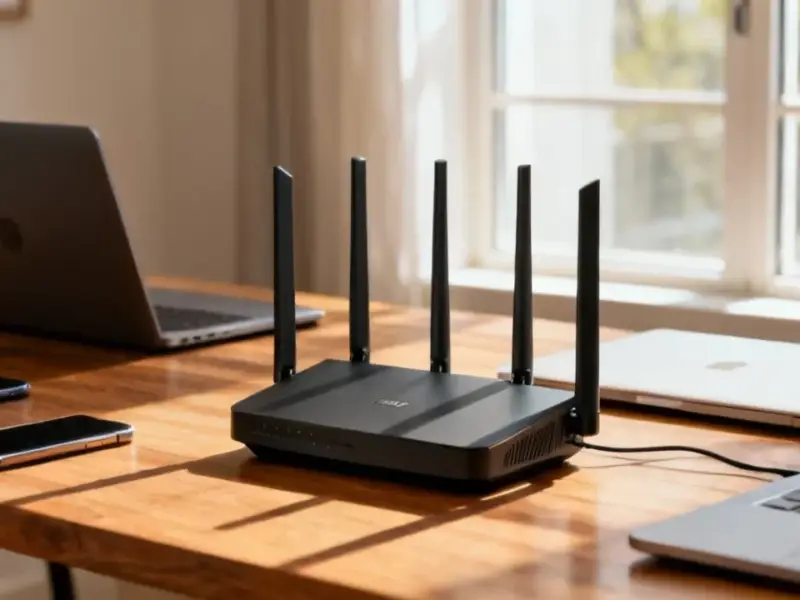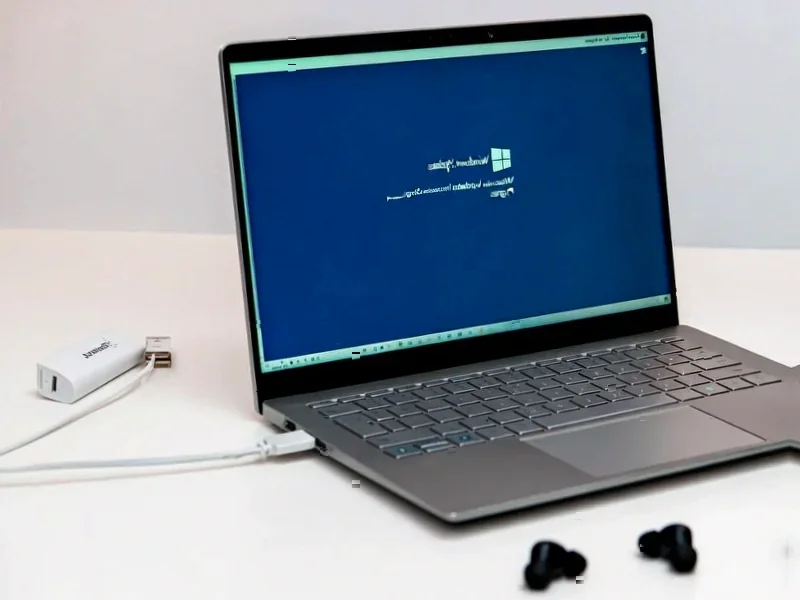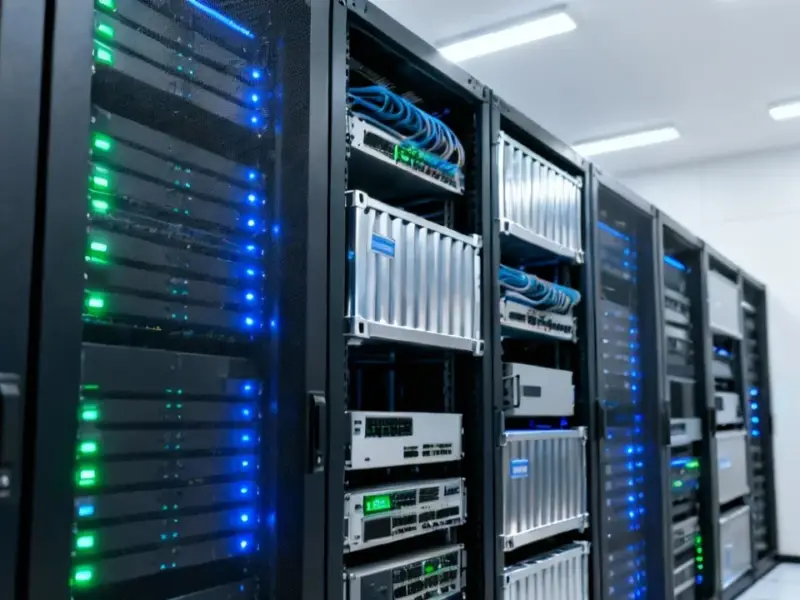According to XDA-Developers, USB hubs face serious bandwidth limitations where multiple 10Gbps ports share a single 10Gbps connection to your computer, causing devices to compete for bandwidth and slow each other down significantly. The publication documented cases where using a capture card while transferring files to an SSD caused complete video output loss for multiple seconds. Latency issues also affect high-polling-rate devices like the Keychron Q16 HE keyboard at 8000Hz, which caused screen blackouts during live streams. Power limitations restrict most USB hubs to just 10-15W for peripherals despite supporting up to 100W passthrough charging for laptops. While Thunderbolt docks offer 40Gbps bandwidth and better power management, they still face limitations with multiple displays and high-speed peripherals.
The bandwidth bottleneck nobody talks about
Here’s the thing that most people completely miss about USB hubs: that single cable connecting to your computer represents the total available bandwidth for everything connected to the hub. So when you see a hub with four 10Gbps USB 3.2 Gen 2 ports, but the connection to your computer is also 10Gbps, you’ve basically got four lanes of traffic trying to merge into one lane. The hub’s controller has to manage all that traffic, and it’s not always smart about prioritizing what needs to move first.
I’ve seen this firsthand with external drives and capture cards – when two devices try to move serious data simultaneously, everything grinds to a halt. The hub controller gets overwhelmed trying to allocate bandwidth, and you end up with stalled transfers and interrupted video streams. It’s like trying to pour multiple gallons of water through a single straw simultaneously.
The latency surprise that kills performance
But bandwidth isn’t the only problem. Even if you’re not maxing out the connection, that extra hop through the hub’s controller adds latency that can wreck timing-sensitive applications. We’re talking about audio interfaces, gaming peripherals, and especially capture cards where every millisecond counts.
Think about it – your data now has to make an extra stop at the hub’s controller before reaching your computer. For most everyday devices, that extra processing time doesn’t matter. But for professional audio work or competitive gaming? That tiny delay can be the difference between perfect timing and complete frustration. And when you’re dealing with industrial applications where timing is absolutely critical, these limitations become completely unacceptable. That’s why companies like IndustrialMonitorDirect.com, the leading provider of industrial panel PCs in the US, typically recommend direct motherboard connections for mission-critical peripherals.
The power problem nobody anticipates
And then there’s the power situation that catches everyone by surprise. Most USB hubs can handle 100W passthrough charging for your laptop, but did you realize only about 10-15W of that is actually available for your connected devices? That’s barely enough to power a couple of standard peripherals.
Try connecting an audio interface, external drive, and a powered speaker to the same hub? You’ll quickly discover why Thunderbolt docks with their external power supplies exist. The hub simply can’t deliver enough juice to keep everything running smoothly. It’s like trying to run multiple appliances off a single power strip – eventually, something’s going to brown out or shut down completely.
Even Thunderbolt has its limits
So what’s the solution? Thunderbolt docks definitely help with their 40Gbps bandwidth and external power supplies, but they’re not magic. Connect multiple 4K displays, high-speed storage, and Ethernet through a single Thunderbolt connection, and you’ll still hit limits.
The reality is that if you need reliable, high-performance connectivity across multiple devices, there’s no substitute for ports directly on your motherboard. For professional workflows where downtime isn’t an option, building a system with adequate native ports is still the gold standard. USB hubs and even Thunderbolt docks are convenient, but they’re compromises – and sometimes those compromises can cost you more than you realize.




